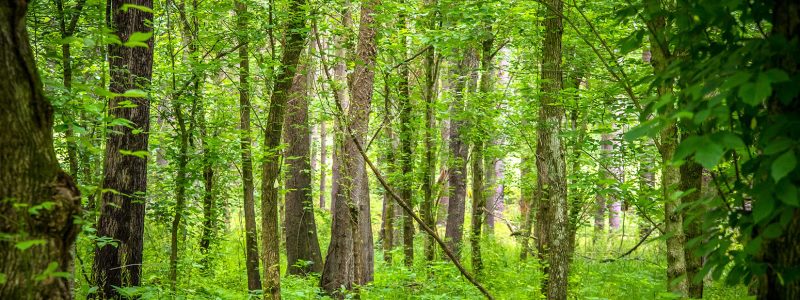The Forest Resource Planning webpage provides local jurisdictions with guidelines, recommendations, and technical assistance on policies and standards to protect forests and trees as lands are developed. The webpage also provides local jurisdictions with guidance and assistance with green infrastructure and urban tree canopy planning.

To protect forests and trees, planners undertake three major steps: designate areas to protect; decide how to purchase or limit development rights in designated areas; and decide how to best preserve trees during the development process. The Forest Resource Planning webpage is organized by each of these three major steps to facilitate local research, analysis, and decision-making for local forest and tree protection plans and policies. This also includes a section on urban tree canopy planning, given strong interest among many Maryland jurisdictions.
In addition to protecting forest wildlife, forest resource planning is essential for protecting aquatic species, water quality in streams and estuaries, and recreational opportunities. Urban tree canopy protection increases property values, reduces the urban heat island effect, and improves local air quality.